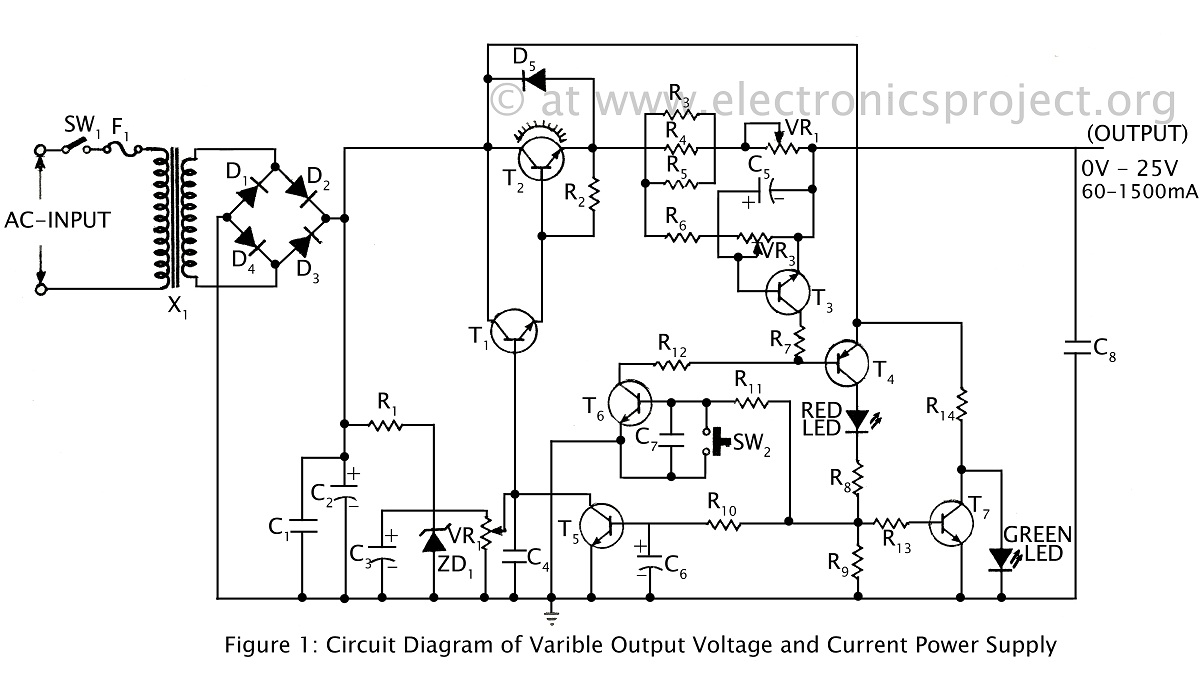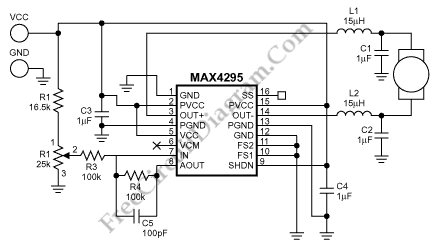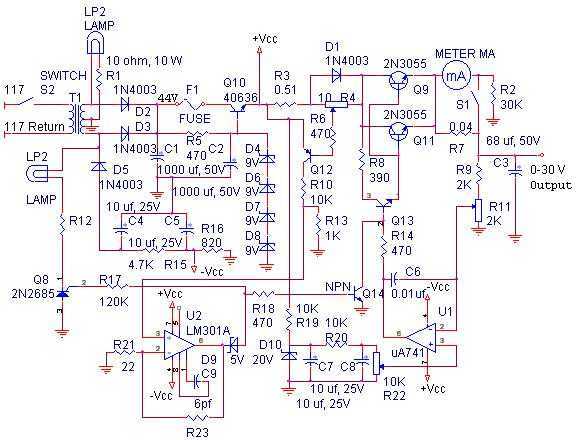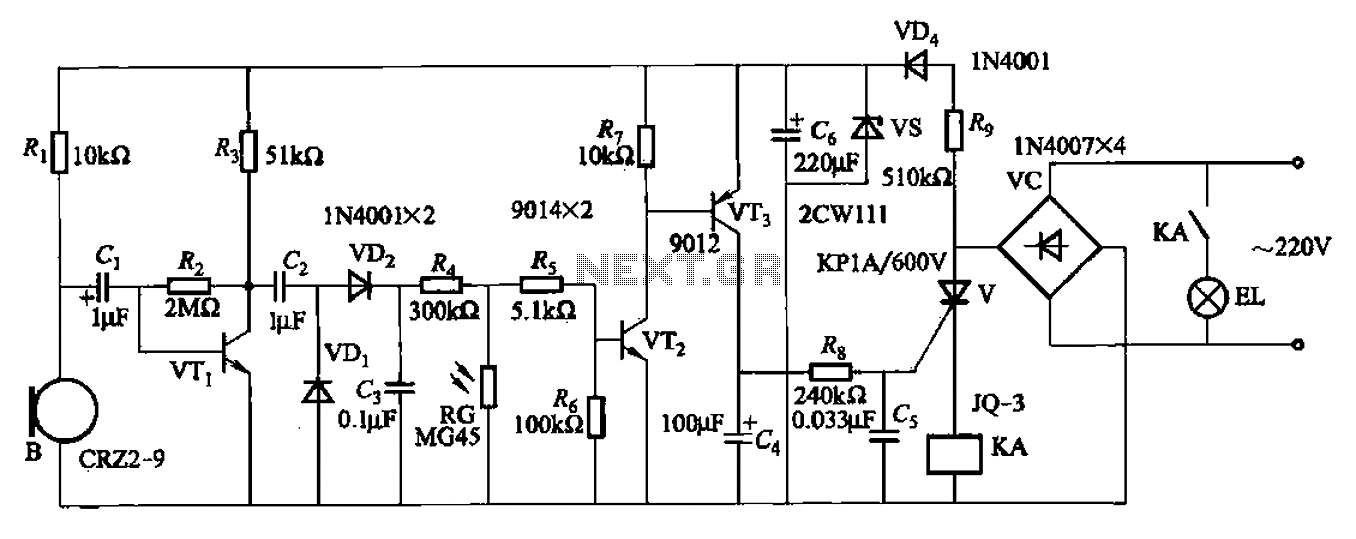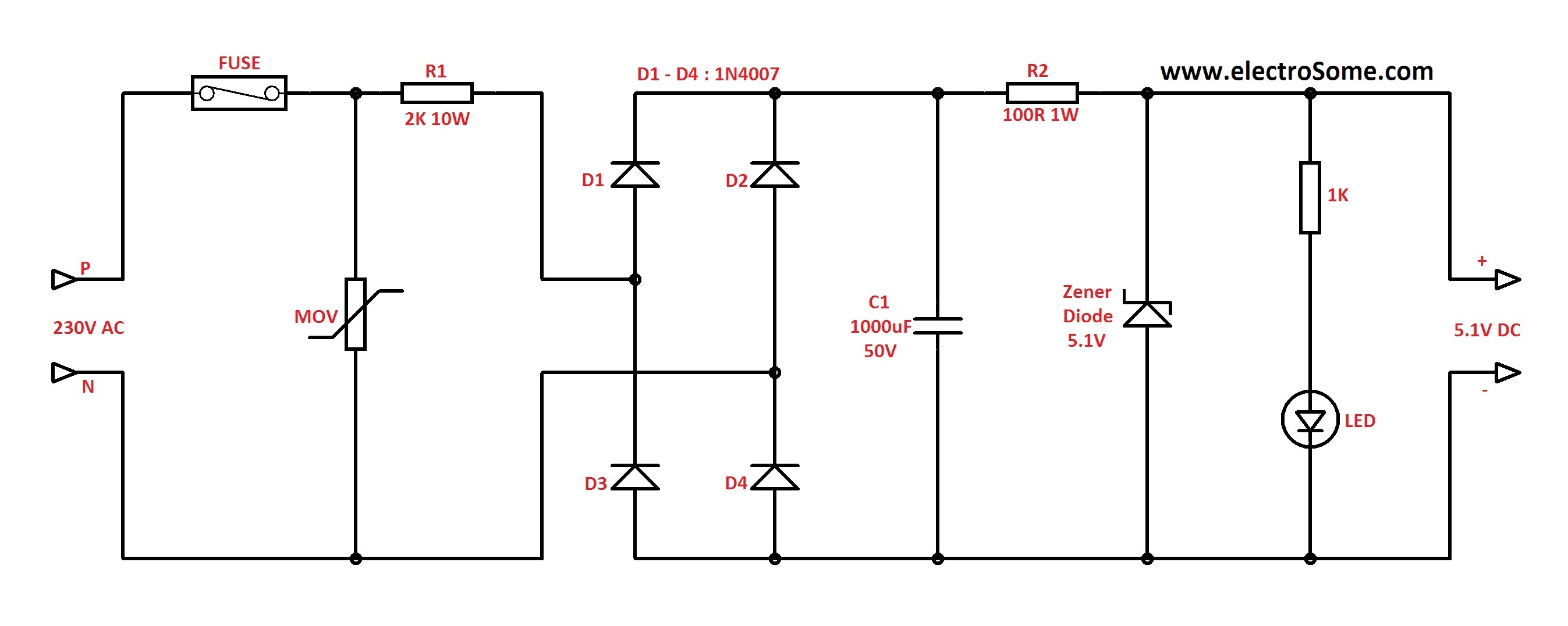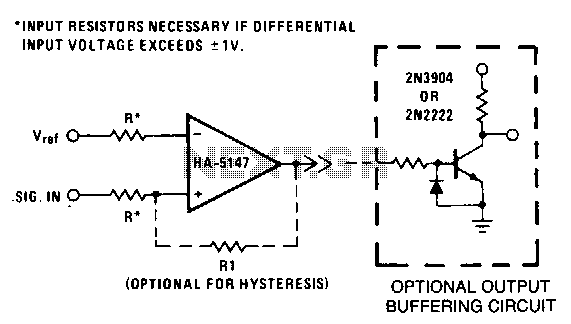
logic analyzer with old switch case power

Some time ago, an electronic hobbyist sought to create a logic analyzer. As a DIY enthusiast, a simple yet effective logic analyzer was constructed. Utilizing an old Pentium III laptop equipped with a single LPT port, a search for straightforward designs led to the discovery of several options, including the original design known as the Fabulous Logic Analyzer.
The Fabulous Logic Analyzer is a classic design that leverages the parallel port (LPT) of the laptop to capture and analyze digital signals. This design is particularly advantageous for hobbyists looking to implement basic logic analysis without the need for expensive equipment. The circuit typically consists of a series of input pins connected to the LPT port, which can read multiple digital signals simultaneously.
To build this logic analyzer, the following components are generally required: resistors to limit current, capacitors for signal smoothing, and a series of diodes to protect the circuit from voltage spikes. The logic analyzer can be powered through the LPT port, which simplifies the design further by eliminating the need for an external power source.
The software interface for the Fabulous Logic Analyzer can be developed using various programming languages that support parallel port communication, such as C or Python. This software will interpret the digital signals captured from the input pins and present them in a user-friendly format, allowing for easy analysis of timing and logic levels.
In summary, the construction of a DIY logic analyzer using an old Pentium III laptop and its LPT port is a practical project for electronics enthusiasts. It combines basic components with software development to create a functional tool for digital signal analysis.While ago, as an electronic hobbyist, I want a logic analyzer. Being a diy fan, I constructed a simple but efficient logic analyzer. I have old PIII laptop and which has one LPT port. So, I searched for simple design and found these. 1) The Fabulous Logic analyzer This is original design. But I prefer.. 🔗 External reference
The Fabulous Logic Analyzer is a classic design that leverages the parallel port (LPT) of the laptop to capture and analyze digital signals. This design is particularly advantageous for hobbyists looking to implement basic logic analysis without the need for expensive equipment. The circuit typically consists of a series of input pins connected to the LPT port, which can read multiple digital signals simultaneously.
To build this logic analyzer, the following components are generally required: resistors to limit current, capacitors for signal smoothing, and a series of diodes to protect the circuit from voltage spikes. The logic analyzer can be powered through the LPT port, which simplifies the design further by eliminating the need for an external power source.
The software interface for the Fabulous Logic Analyzer can be developed using various programming languages that support parallel port communication, such as C or Python. This software will interpret the digital signals captured from the input pins and present them in a user-friendly format, allowing for easy analysis of timing and logic levels.
In summary, the construction of a DIY logic analyzer using an old Pentium III laptop and its LPT port is a practical project for electronics enthusiasts. It combines basic components with software development to create a functional tool for digital signal analysis.While ago, as an electronic hobbyist, I want a logic analyzer. Being a diy fan, I constructed a simple but efficient logic analyzer. I have old PIII laptop and which has one LPT port. So, I searched for simple design and found these. 1) The Fabulous Logic analyzer This is original design. But I prefer.. 🔗 External reference
